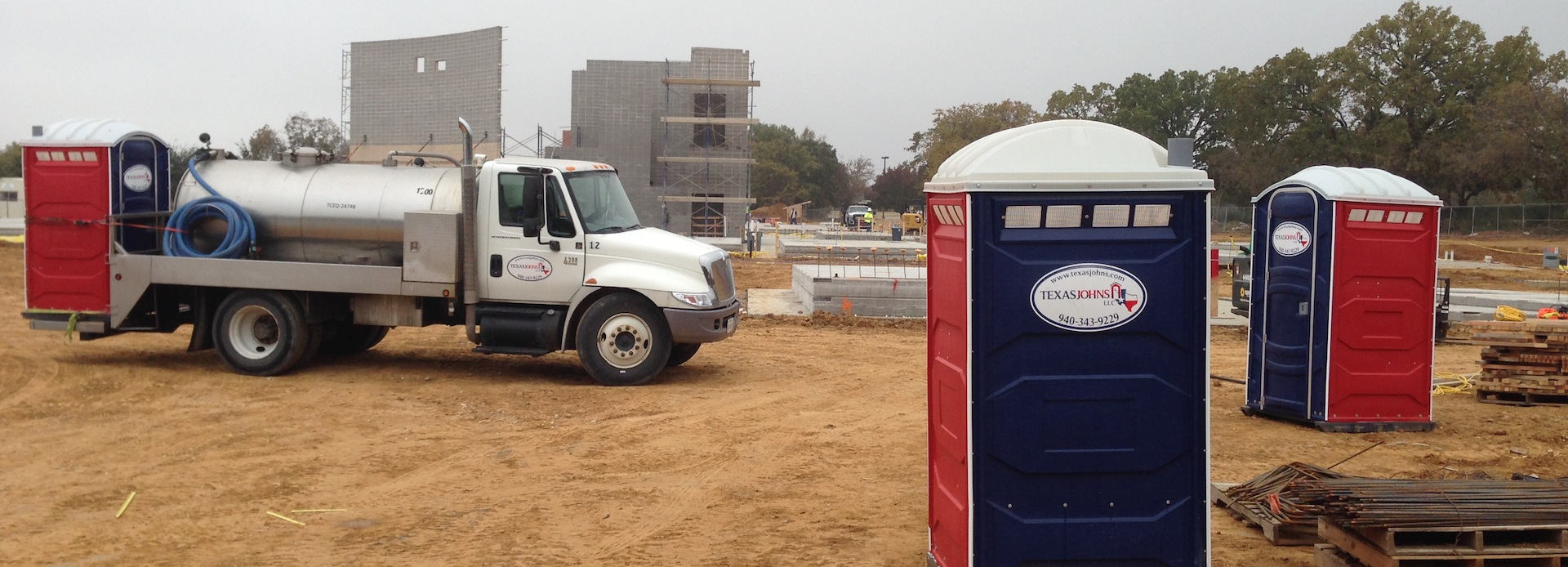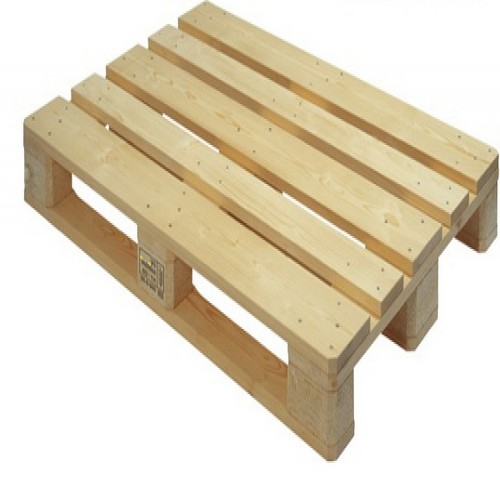Maximizing Productivity with Lean Construction Principles
Lean construction principles are a set of strategies and practices aimed at maximizing productivity, reducing waste, and enhancing efficiency in the Stylish Patio Enclosures Cincinnati OH . By adopting lean principles, construction projects by can achieve better outcomes in terms of cost, quality, and schedule adherence. Here are key strategies for maximizing productivity with lean construction principles:
- Define Value from the Customer’s Perspective:
- Begin by understanding what the customer values in the construction project. Value should be defined in terms of functionality, quality, and timeliness.

- Identify and Eliminate Waste:
- Lean construction places a strong emphasis on identifying and eliminating various forms of waste, including:
- Overproduction: Avoid producing more than what is needed.
- Excess inventory: Minimize stockpiling of materials and equipment.
- Unnecessary transportation: Reduce the movement of materials and resources.
- Waiting: Minimize downtime and delays.
- Unnecessary motion: Optimize work processes to reduce unnecessary movements.
- Defects and rework: Strive for quality and minimize defects that require rework.
- Underutilized skills and expertise: Ensure that workers’ skills are fully utilized.
- Excessive paperwork: Simplify documentation and administrative tasks.
- Collaborative Project Teams:
- Foster collaboration and communication among project teams, including designers, contractors, subcontractors, and suppliers. Early involvement and collaboration can help identify and address issues before they become costly problems.
- Last Planner System:
- Implement the Last Planner System (LPS), a key lean construction tool, to improve project scheduling and coordination. LPS involves collaborative planning and weekly work planning sessions to ensure that work progresses smoothly.
- Pull Planning:
- Use pull planning techniques to sequence work based on customer demand and the availability of resources. This approach helps avoid overproduction and ensures that work is performed when it is needed.
- Visual Management:
- Implement visual management tools, such as kanban boards and lean boards, to provide a visual representation of project status, schedules, and task assignments. Visual cues help teams monitor progress and make adjustments as needed.
- Continuous Improvement:
- Encourage a culture of continuous improvement where all team members are empowered to identify and implement better practices. Regularly review processes, gather feedback, and make adjustments.
- Standardization:
- Develop standardized processes and procedures for common construction tasks. Standardization reduces variability and enhances efficiency.
- Lean Supply Chain:
- Work closely with suppliers and subcontractors to streamline the supply chain. Ensure that materials and equipment are delivered just-in-time to avoid overstocking and reduce waste.
- Training and Skill Development: – Invest in training and skill development for construction teams. Skilled workers are more efficient and produce higher-quality work.
- Technology and Digital Tools: – Leverage technology and digital tools, such as Building Information Modeling (BIM), construction management software, and project collaboration platforms, to enhance communication, coordination, and information sharing.
- Value Stream Mapping: – Use value stream mapping to analyze and optimize construction processes. Identify bottlenecks, redundancies, and opportunities for improvement.
- Safety and Quality Focus: – Prioritize safety and quality in all construction activities. A focus on safety and quality can reduce rework and improve overall productivity.
- Benchmarking and Best Practices: – Benchmark your construction processes against industry best practices and continuously seek opportunities to adopt innovative methods and technologies.
Implementing lean construction principles requires commitment and collaboration from all project stakeholders. By focusing on delivering value to the customer, reducing waste, and continuously improving processes, construction projects can achieve higher productivity, better quality, and increased profitability.


















































